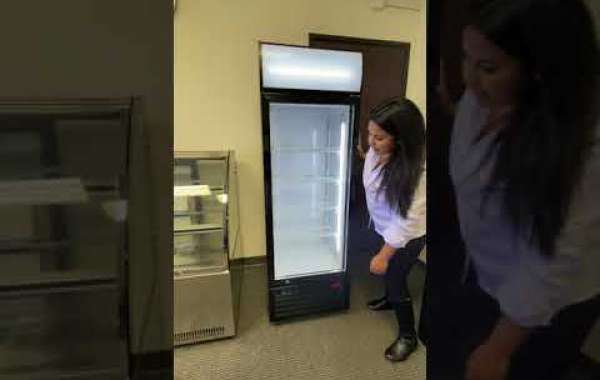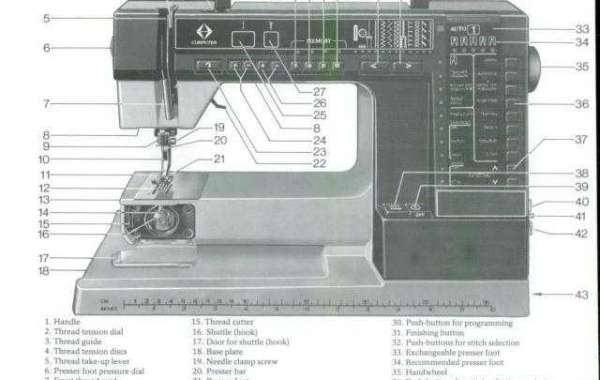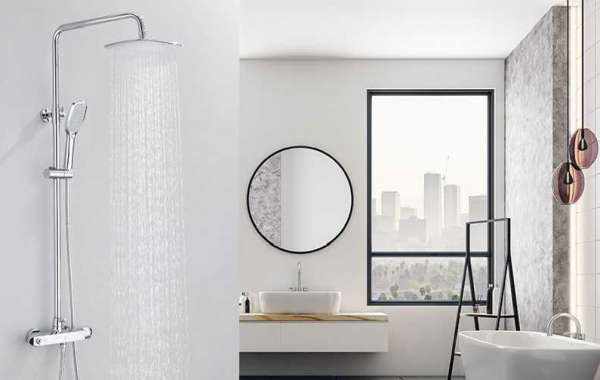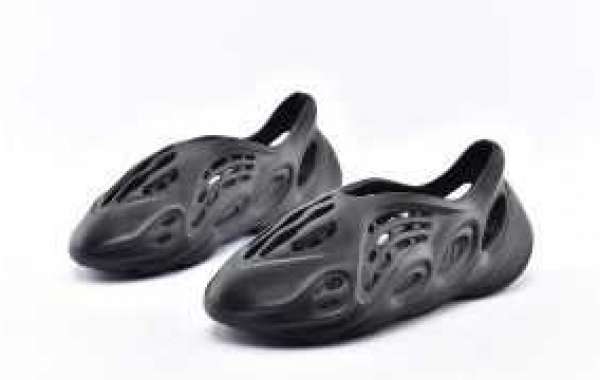As a result of these requirements, safety glasses are specifically engineered to be more mechanically strong and impact resistant than ordinary glasses. In the opinion of the American Safety Glass Association, when comparing safety glasses to other types of freezer glass door, there is a lower risk of breaking and causing injury when using safety glasses than when using other types. There are also different grades of safety glasses that are designed to be fire resistant that are available for purchase as well as different sizes.
A few of the numerous types of safety glass that can be found in today's homes include tempered glass, wire glass, and laminated glass, each with its own set of characteristics that distinguishes it from the others. Because of their anti-burglar and fireproof properties, safety glasses are frequently chosen as the preferred choice by people in various situations. By incorporating a variety of glass plates into the construction of the glasses themselves, it is possible to install safety glasses in an aesthetically pleasing manner.
The processes known as heat strengthening and tempering are among the most fundamental methods of strengthening safety glasses, and they are used in a variety of industries. Tempered insulated glass (IGU) has a higher difficulty in maintaining temperature control than regular annealed glass, and it is even more difficult to maintain temperature control of heat-strengthened glass than regular annealed glass. Tempered glass has a higher difficulty in maintaining temperature control than regular annealed insulated glass thickness. Tempered glass cools more quickly than heat-strengthened glass because it is more rigid than heat-strengthened glass due to its greater rigidity.
The use of heat-strengthened glass is common in highrise buildings because of the high temperatures that are present. This allows the structure to be more thermally resistant. In order to avoid shattering into large chunks, heat-strengthened glass must be tested to ensure that it meets the requirements for safety glazing materials. As a result, heat-strengthened glass does not meet the requirements for safety glazing materials. Because of a variety of factors, such as public safety, the requirement for safety glazing in building codes is mandated in many instances. These include applications such as commercial entrance doors (including storefronts), shower doors, and shower enclosures, among others.
The surface of a laminated panel that has been tempered
Several sheets of quisure insulated glass are joined together with polyvinyl butyral (PVB), resulting in the formation of laminate glass. PVB is used to join two or more sheets of glass together. In a subsequent step, an autoclave is used to fuse the components together, which is described below. An autoclave is a special oven designed specifically for this purpose, in which components are fused together under pressure and heat. In addition to clear and tinted options, laminated glass is available in thicknesses that range from 0.015 inches up to 0.090 inches. It is available in a variety of different thicknesses, ranging from 0.015 inches to 0.090 inches in thickness, depending on the application. The lamination of tinted or clear glass door with heat-strengthened, reflective, or tempered glass can be done while the laminating process is taking place, which allows for the creation of a more complex multilayered structure.
Laminated glass can be used for a variety of other applications aside from safety glazing, including sound reduction, burglary resistance, enclosures for enclosed spaces, and sloped glazing, to name a few. When a piece of laminated glass is broken or cracked, the glass particles become firmly attached to the PVB and do not fall or fly away as they would if the glass had been broken or cracked as with regular glass. When fabricating automobile windshields, it is standard practice to sandwich a layer of laminate between two layers of to prevent cracking.










